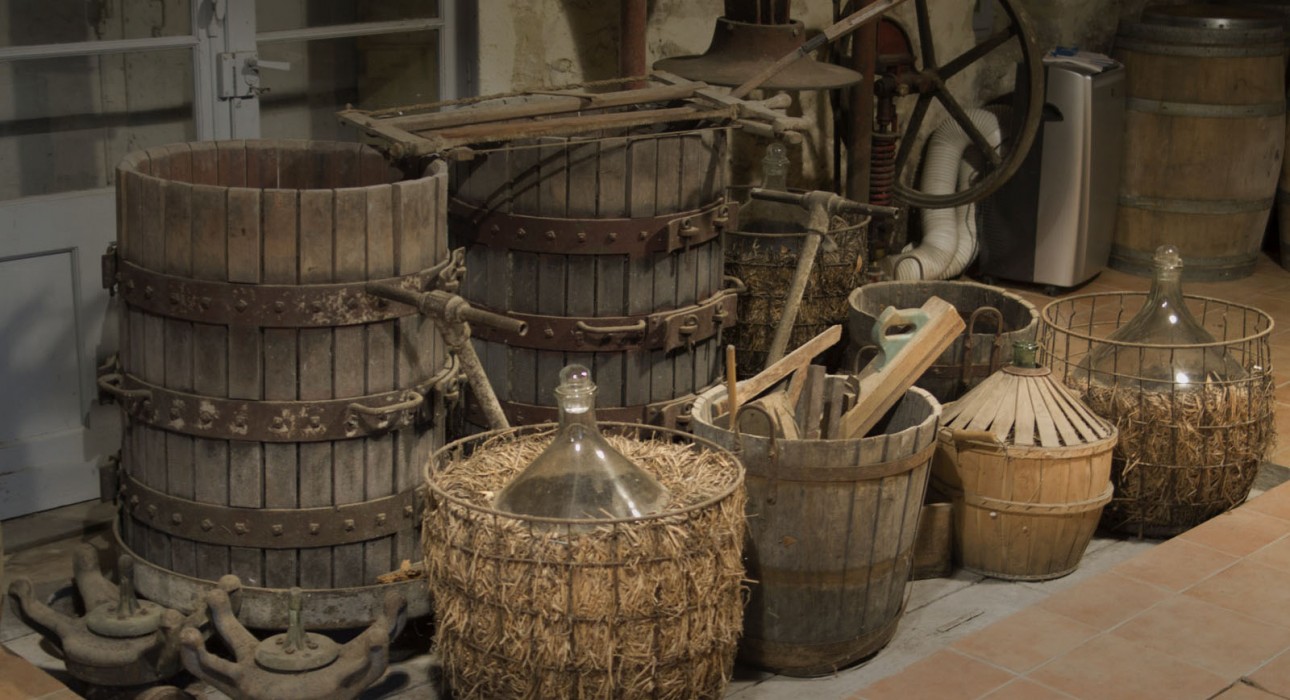
Chateau les Conseillans
Château Les Conseillans is made from the older vines on the estate. It is aged in oak barrels for at least fourteen months to soften the tannins and reflects the Chateau’s approach to “Grand Cru” style. It will reward cellaring.
Réserve du Pré Carré
Réserve de Pré-Carré is a soft, fruity wine made from the younger vines. Mainly aged in vats, it is an accessible wine which showcases the Chateau’s merlot with notes of Cabernet Sauvignon. The wine does not need to be laid down for an extended period and can be enjoyed relatively young.
Where to buy
SCEA Les Conseillans
ST Caprais de Bordeaux
+33 (0) 671 598 241
admin@chateaulesconseillans.fr
Bordeaux Link
3 Mouquet Sud – Vignonet-33330
Saint-Emilion – France:
+33 (0) 680 30 38 05
GREECE:
Siganos Wine & Spirits
Arkadiou 248
Rethymno, Greece 74100
+30 2831 020610
UNITED STATES:
MacArthur Beverages
4877 MacArthur Blvd., N.W.
Washington, DC 20007
Tel:+1-202 338-1433
wine@bassins.com
Wine Traditions, Ltd.
3604 Ridgeway Terrace,
Falls Church Virginia
22044 USA
Tel:+1-703-333-2853 Fax:+1-703-333-2854
winetraditions@msn.com
Hefei Wang Gao Wine Trade Co. Ltd.
8 Guangming Road, Shushang District,
Hefei City – CHINA
Tel: +86 131 2216 8718
wgdistribution@163.com
Vision
Since our purchase of Chateau Les Conseillans in 2011 we have been developing the idea of the wine we would like to make and would fit best with the terroir of Les Conseillans. Together with Stephane Apelbaum and Bruno Jamy-Fonbeney, we have reached some preliminary conclusions.
• The wine should use all four grapes originally planted on the property and should be cultivated in the traditional Grand Cru style of hand-picking and harvesting.
• The vineyard should meet the highest environmental and safety standards and eliminate the use of chemicals and pesticides.
• We want to approach the investments we have made in improving the vineyards and dramatically upgrading the wine production and storage as both a technical renovation and an historical restoration.
• We do not want to produce big, powerful wines which are distinguished by their high alcohol content. Instead we are trying to produce a softer wine which protects the elegance of the merlot grapes and lets the character of Cabernet Sauvignon, Cabernet Franc, and Malbec grapes show through.
• We want Chateau Les Conseillans to be an integral part of the Commune of St. Caprais de Bordeaux, the Entre Deux Mers region, and Bordeaux. For this reason, our entire team comes from the immediate neighborhood.
• We also want to continue in the tradition of Jean Ribereau-Gayon whose spirit of experimentation and discovery did so much for the understanding of wine and the influence of Bordeaux wines globally.
• And, finally, we want to produce a wine which is both affordable for the careful graduate student or the young couple and a wine which they will look forward to drinking years later. In our view, an excellent wine is superb through the first bottle and allows the wine lover to afford a second bottle to confirm its excellence.
Bruce Jackson and Irina Krasovskaya
Chateau les Conseillans
Team
Stephane Apelbaum of Optimum Vineyards manages the overall operation at Chateau Les Conseillans. Over his thirty years of professional experience he has managed and advised Chateau Quercy, and owned Clos l’Abba, both Grand Cru St-Emilion estates. In 2013, he founded Optimum Vineyard to share his experience with people passionate about wine.
Bruno Jammy-Fonbeney of Optimum Vineyard also has extensive experience in vineyard management. He worked in various appellations from the Medoc to Bergerac. Today he has the overall responsibility for the vineyards and is also involved in the vinification process.
Mario Crespo of Optimum Vineyard is besides administrative / financial functions and purchasing management, the person in communication with various official bodies, suppliers and service providers. He is also responsible for business development, customer relations and communication for the Château on social networks.
Jean Commet takes care of all the tasks related to the production of grapes. By carrying out manual work in the vineyard from pruning to harvesting as well as mechanical work for soil maintenance. During the harvest he watches over the vinification. But above all, he participates actively in the implementation of environmental changes initiated by the owners.
Finally, a group of people from the region support us with their contribution during major work in the vineyard particularly during the harvest.
Vinification
To respect the individual character of the fourteen parcels in the vineyard, each parcel has a dedicated concrete vat. The separation by parcels allows for a specialized process tailored to the grape variety, maturity of the grapes, and specific “terroir.” The grapes undergo a preliminary cold maceration for a few days before alcoholic fermentation begins. Extraction is done by alternate punch-down and pump-over. All the vats are temperature-controlled for smooth fermentation.
Once the alcoholic fermentation is completed, the maceration phase begins to extract the tannins from the pips. Daily tasting helps us to decide the appropriate time for the devatting phase. Pressing is done with a small vertical press that best preserves the quality of the young wine. The second fermentation, known as malolactic fermentation which is the last step before aging, is done either in the vats or in 400 litre French oak barrels.
Ageing
The Réserve du Pré-Carré matures in vats for twelve months while the Château les Conseillans is aged for at least fourteen months in French oak barrels. The percentage of new oak varies from 30% to 60% depending on the characteristics of the vintage and the tannic structure of the wines.

The Estate
The Natural Environment
Les Conseillans covers twenty hectares of woodland, vineyards and fields in the heart of the Premières Côtes de Bordeaux, a few kilometres from the village of Saint-Caprais-de-Bordeaux.
The vineyard and woods remain much as they were in the seventeenth century.
In 1976, the estate was listed as a protected natural site by the Aquitaine region for the charm of its countryside and the variety of species that make up the forest. Deer, fox, boar, hare and pheasants are seen frequently, and an egret fishes in the pond below the vineyards.
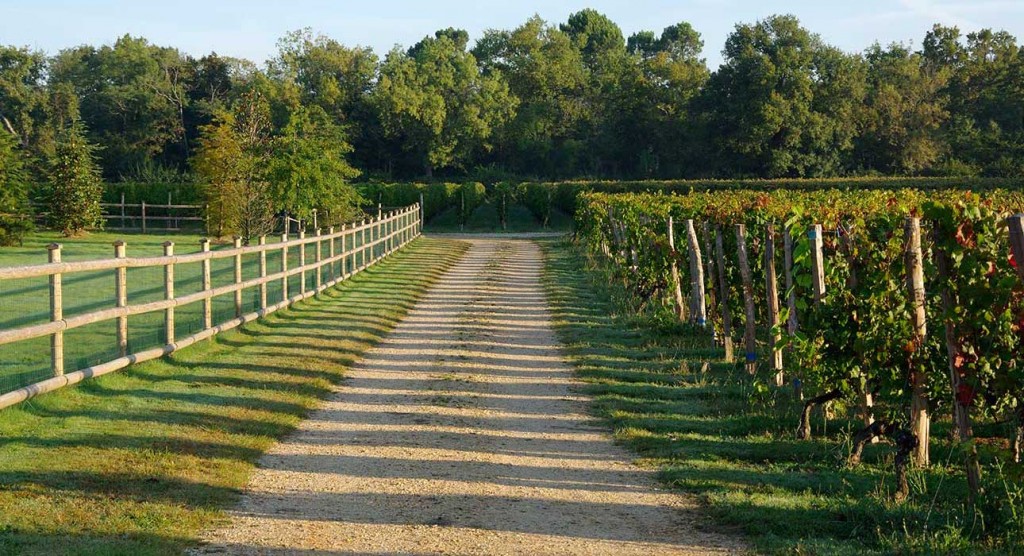
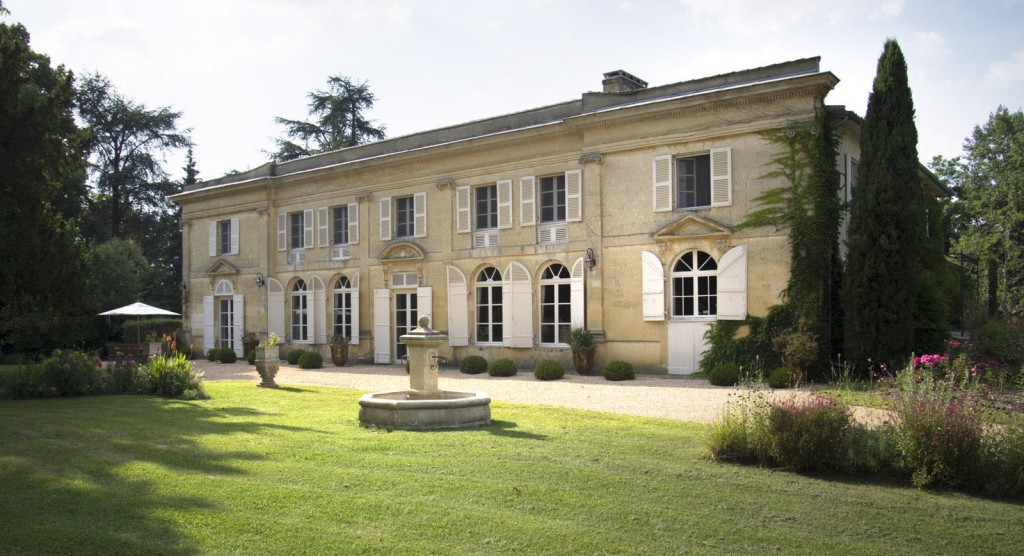
Directoire Heritage
The Directoire-style chateau of soft yellow Frontenac stone sits on a hillock facing directly south. It was built at the end of the eighteenth century by Jacques Daban-Broca, the public prosecutor at the Court of Bordeaux, on the site of a building dating from the beginning of the eighteenth century, of which a stunning stone staircase still remains today.
The chateau has a beautiful classic façade constructed in 1803, almost Italianate in style, with Directoire pilasters and pediments sculpted with oak leaf designs. The Chateau was completed as it is today in 1808. During the rest of the nineteenth century, the estate was owned successively by the Gabet, Montero and, in 1897, Guillot de Suduiraut families.
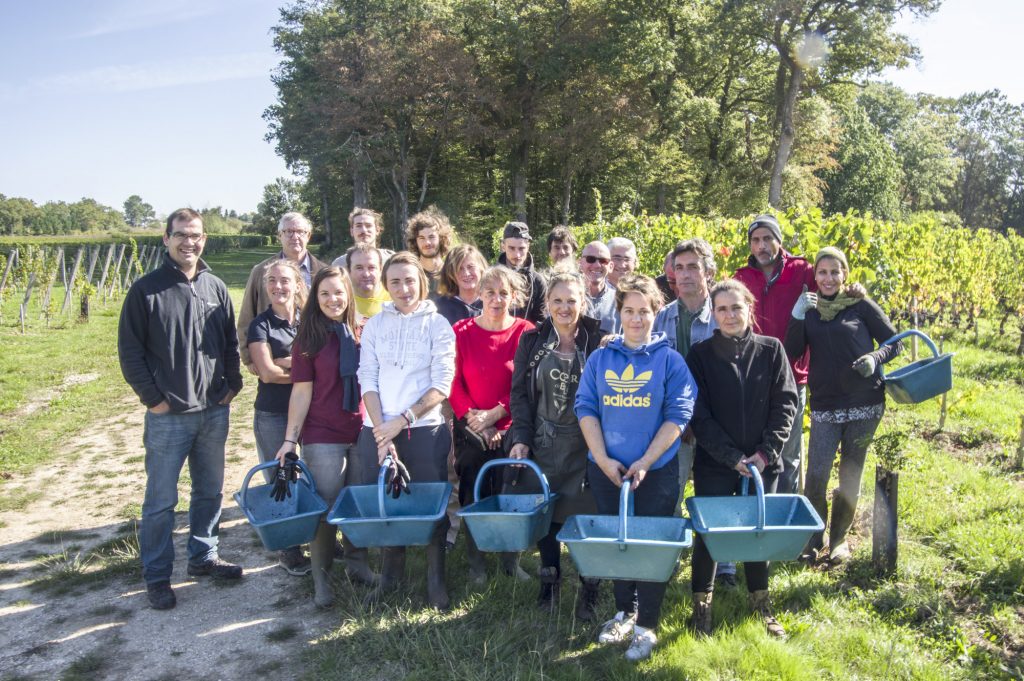
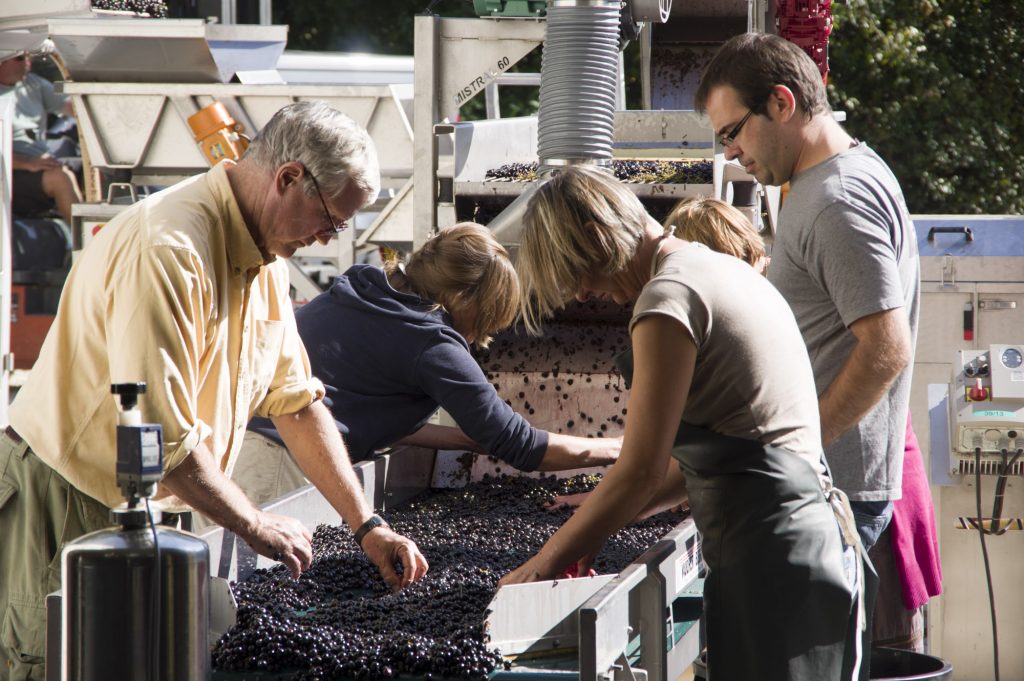
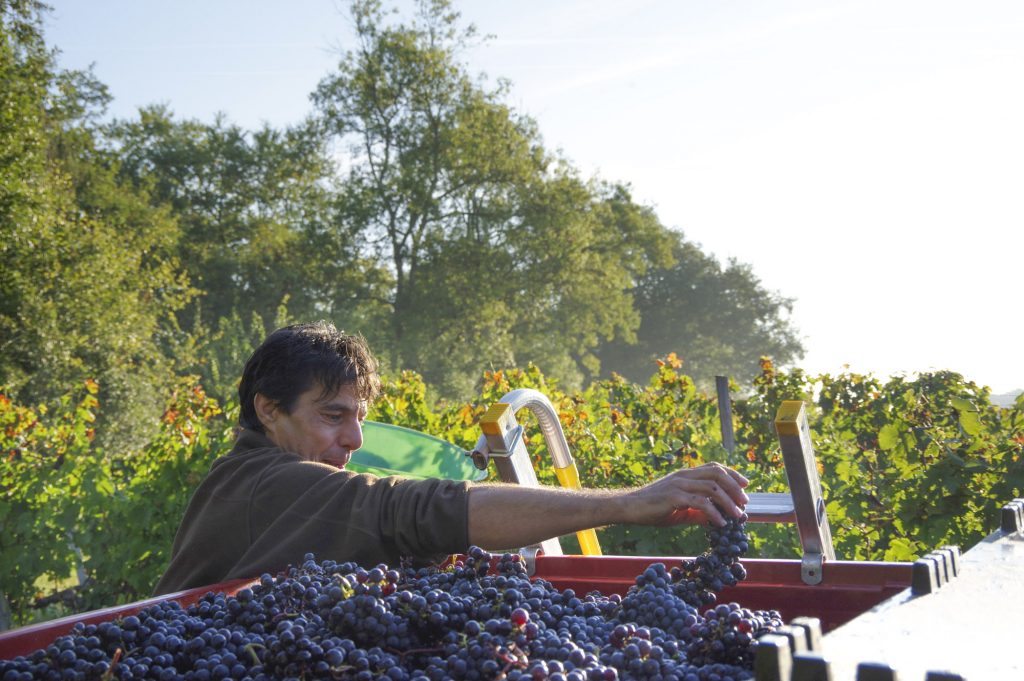
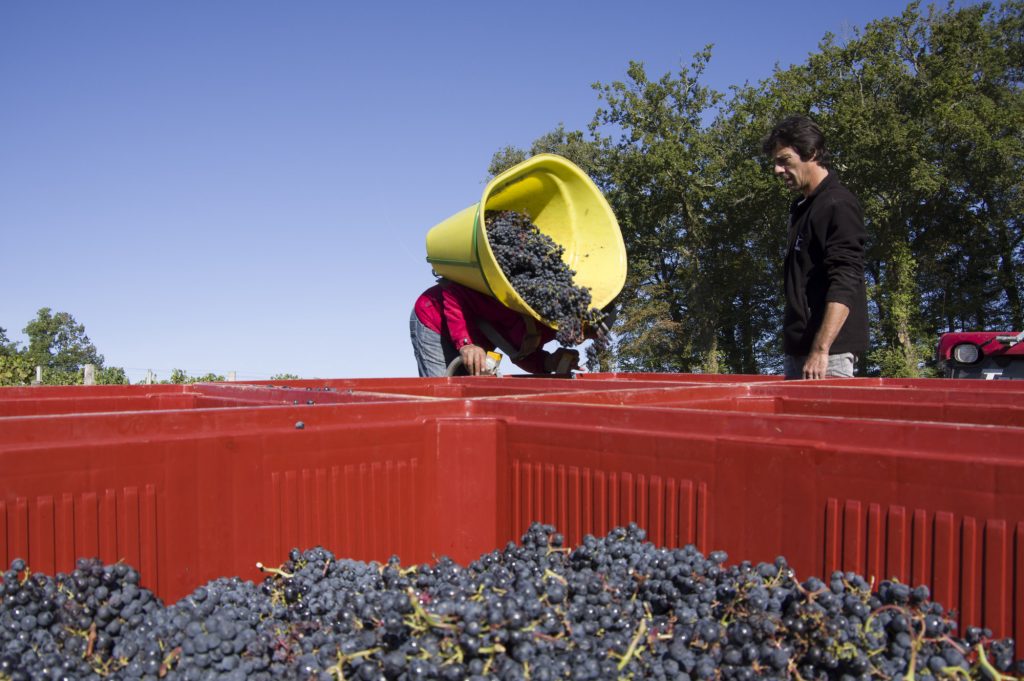
The Chateau and œnology
In 1938, the estate was bought by Professor Jean Ribereau-Gayon who was to become the forefather of modern oenology. The story begins around 1850 when the Great French Wine Blight began to destroy French vineyards and as a consequence of this national tragedy which destroyed 40% of French wines between 1850 and 1865 the great chemists of the time turned their attention to wine, including Louis Pasteur. Professor Ribereau-Gayon’s grandfather, Ulysse Ribereau-Gayon was a pupil of Louis Pasteur and invented “Bouillie Bordelaise” or Bordeaux mixture which combines copper, sulphites and lime and is still used today as a fungicide to protect the vineyards of Bordeaux.
Beginning with his important papers in the 1930’s, Jean Ribereau continued his family’s important role in the history of oenology. And the vineyard and wine cellars of Les Conseillans were to play as supporting part. After planting the vineyard in 1938, Professor Ribereau-Gayon set up an experimental cellar and built a chemistry laboratory in a small utility room off the kitchen. In the old vat room, which is now the Chateau’s wine-tasting room, Professor Ribereau-Gayon discovered the chemistry of malolactic fermentation, which completed the basic science required for modern oenology.
In 1949, Professor Ribereau-Gayon and his colleague Emile Peynaud founded the Bordeaux Institute of Oenology which continues to produce the foremost oneologists in the world. For the rest of his life, Professor Ribereau-Gayon continued his teaching and his study of the vineyard and its wines. He remained very attached to Chateau Les Conseillans until his death in 1991.



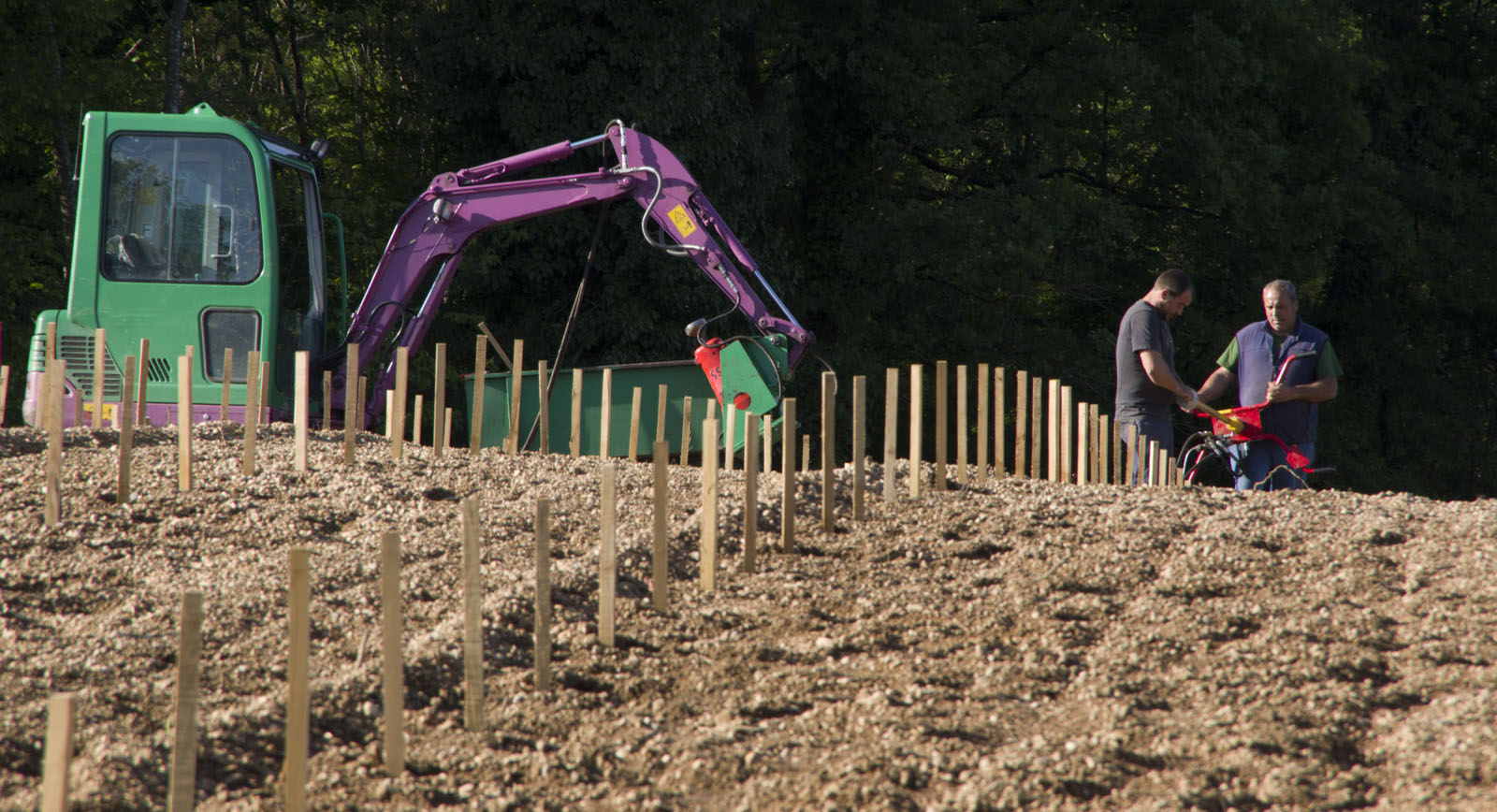
Plantation
The Terroir
The notion of “Terroir” can be summarized as the interconnection between the soil and sub-soil, the climate and the human factor. It plays a major role in the final outcome of the finished product. The soils and subsoils of the estate are mainly composed of gravels with lower layers of clay. They protect the vines from suffering water stress during hot weather and allow slow ripening of the grapes. The Terroir favors the production of refined and elegant wines without excessive tannins.
Grape Varieties
Four different grape varieties are being cultivated in the following proportions: 57% Merlot, 26% Cabernet Sauvignon, 10% Malbec and 7% Cabernet Franc. This diversity contributes to the complexity of the wine as each grape variety brings different notes and structure.
“Grand cru” Management Methods
The vineyard is managed using “Grand cru” technical methods including pruning, leaf thinning, and harvesting by hand to produce very high quality grapes. In 2014, the height of the trellising was raised to ensure that the maturation of different grape varietals could occur evenly and completely. In 2015, a small gravely plot of 0.33 hectares was planted with Cabernet Sauvignon, bringing the Chateau close to the 6 hectares of vines described in the history of the appellation.
Ecological Considerations
From 2015, some insecticides were withdrawn in favor of mating disruption. This technique consists of limiting the reproductive phase of insects by emitting pheromones, thus luring the males who cannot find the females! Herbicides have also been banned and replaced by tillage. This approach demonstrates the desire to save the environment and encourage the creation of a balanced ecosystem that preserves the biodiversity of the place.
This approach is recognized in 2019 by obtaining the HVE 3 certification (High Environmental Value level 3). In order to extend this approach of agriculture that respects nature, the people who work there and the consumers of its wines, Château les Conseillans has logically decided to advance to organic farming. This conversion requires several years before achieving an organic designation. From now on, it will be necessary to do without the use of synthetic products. The paradigm shift to organic requires a more systemic approach with increased observation of meteorology and more interventions in order to guarantee optimal plant health. The owners are completely committed to the environmental health and sustainability of the Estate and see the challenge of organic farming as a major step in the history of the vineyards of Chateau Les Conseillans.
Harvesting
The grapes are harvested by hand and a first sorting takes place straight off the vine. The grapes are then transported to the cellars in 250-litre crates.
For the first vintage under the ownership of Bruce Jackson and Irina Krasovskaya in 2014, the grapes were harvested over a period of three weeks to respect the diversity of the grape varieties and their various stages of ripeness.
The grapes are delivered from the storeroom to the de-stemmer on a vibrating table and are sorted carefully. They are sent to the vats by peristaltic pump to avoid damaging them and they are then crushed above the vats.
Le Gerbaude
Sensitive to French customs and respect for traditions, Bruce Jackson and Irina Krasovskaya, organize a dinner at the end of the harvest to which all those who have worked to ensure the quality of the harvest are invited. This is an opportunity to celebrate the new vintage and the completion of a whole year of work. “Le Gerbaude” is the highlight event of the Fall at Château Les Conseillans


